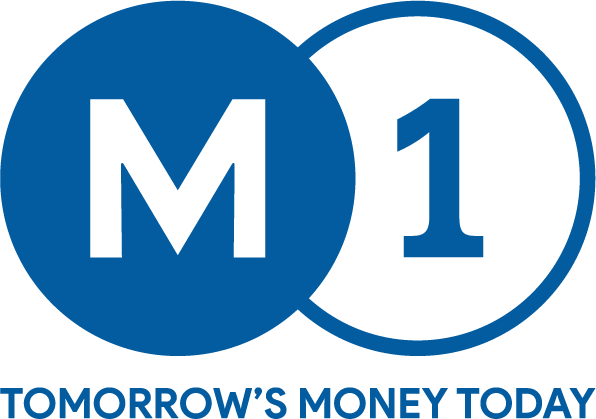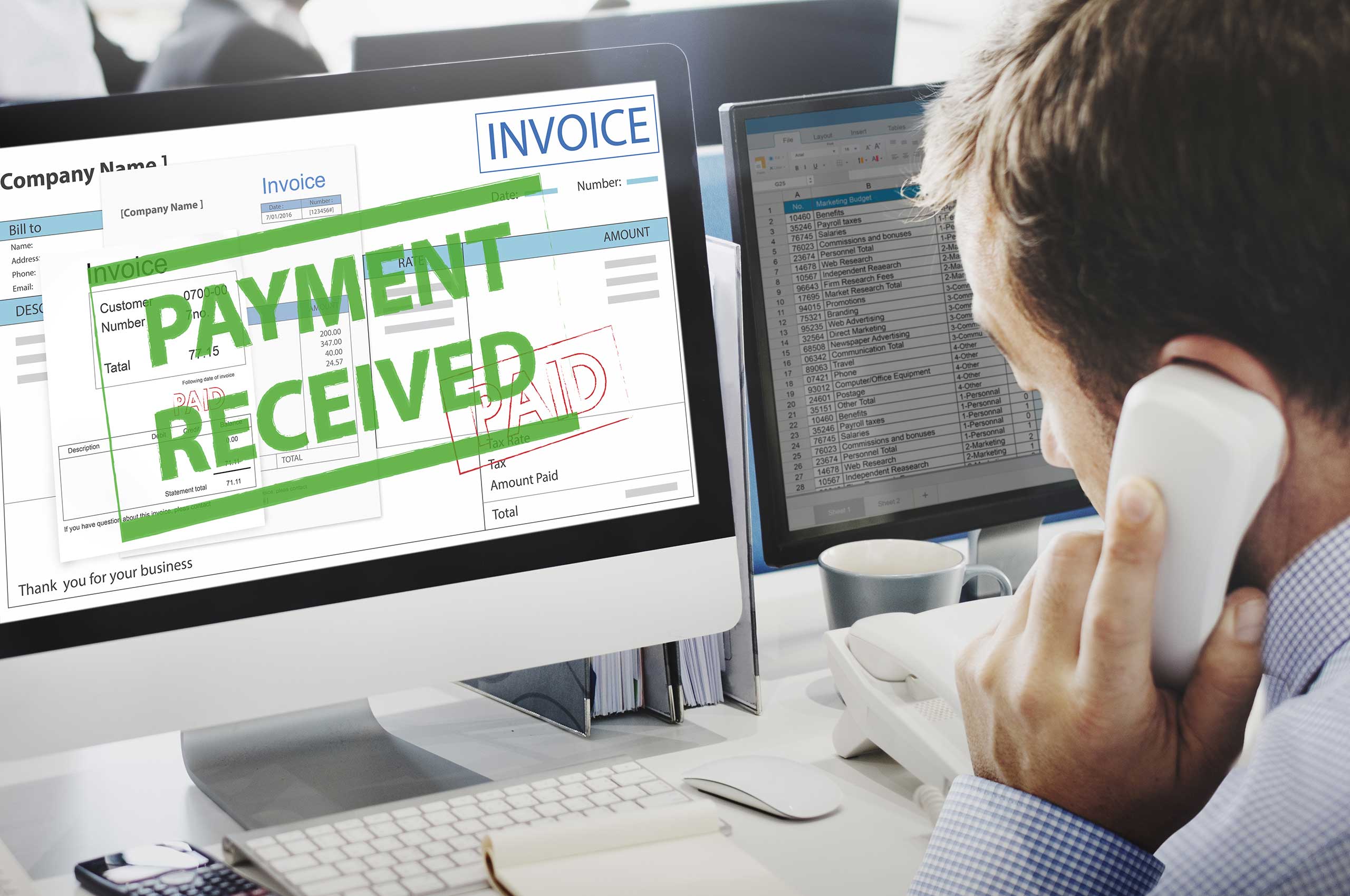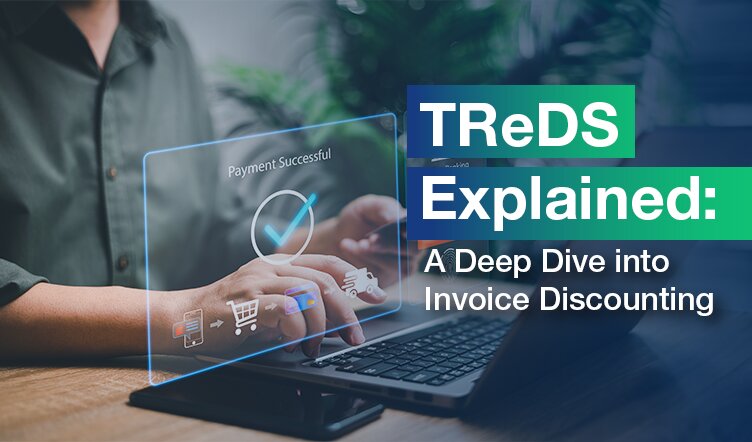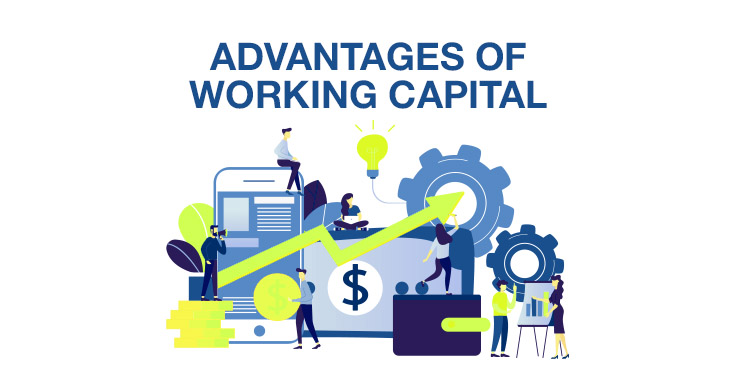Many small and medium businesses operate through a credit system to keep up goodwill with their customers. However, if 9 out of 10 transactions happen on credit, it will put the business on a tight spot in terms of cash flow. It may further affect your inventory purchase and payment of rent and salaries to the staff. One way to handle the situation is to get financing on your business’s account receivables.
What is Account receivable financing?
Accounts receivable financing allows companies to receive early payment on their outstanding invoices. A company using accounts receivable financing commits some, or all, of its outstanding invoices to a funder for early payment, in return for a fee. When your business is in a tight spot with a cash crunch, and you need some liquidity, instead of getting a business loan, you can choose accounts receivable financing. Also known as receivable funding, the concept refers to business funding that uses its accounts receivables to obtain capital. There is a similar concept called accounts receivable factoring.
Features and benefits of accounts receivable financing
- No need for security:You don’t have to provide any assets or properties as collateral or security to secure financing. Accounts receivable is all that is required.
- Flexible structure: In the case of accounts receivable financing, some lenders allow you to withdraw only the amount that is immediately required and repay the withdrawn amount. You can again withdraw whenever you need it.
- Credit protection: In the case of factoring, you sell the accounts receivable to the lender rest assured that you had received cash instead of that the transaction has protected you against your customer defaulting on the payment.
- Online services: You can seek financing online since many lenders have established their presence and offer services on their official websites.
Types of account receivable financing
Account Receivables financing can take various forms, but the three major types are:
- Accounts receivable loans
- Factoring
- Asset-backed securities
Accounts Receivable Loans
Accounts receivable loans are a source of short-term funding, where the borrower can use their accounts receivables as collateral to raise funds from a bank. The bank would typically lend a fraction – e.g., 80% – of the face value of the receivables. The fraction varies depending on the quality of receivables – the better the quality, the higher the fraction.
Factoring
In factoring, different than reverse factoring, a business sells its accounts receivable to a funder – but the initial payment is for less than the full amount of the receivable. For example, a company may receive early payment for 80 percent of the invoice amount minus processing fees. Compared to asset-based lending, companies have more flexibility in choosing which receivables to trade, but funder fees can be high and credit lines may be smaller. As with ABL, any factored receivables are recorded on the company’s balance sheet as outstanding debt.
Asset-Based Securities
Also known as a business line of credit or traditional commercial lending, asset-based lending is an on-balance sheet technique and typically comes with significant fees. Companies commit the majority of their receivables to the program and have limited flexibility about which receivables are committed.
The most significant advantage of following this method to raise some working capital is that there is no negative impact on the credit rating, nor will it be recorded on your credit history. On the other hand, you can expect only up to 90% of the accounts receivable for funding. This may affect your net income and balance sheet
How M1xchange is transforming Accounts Receivable financing for Businesses?
M1xchange is a Digital marketplace to sell the receivables to banks/NBFC. Set up under the approval of the reserve bank of India to facilitate the discounting of invoices on a Pan India basis. Discounting process on the M1xchange platform is completely digital from uploading the invoices to receiving the payments in 24 hours with no physical moments of documents. Businesses hit hard by Covid and with frequent lockdown M1xchange realized registration process with courier documents and physical reach was not possible, so we launched Digital onboarding of MSMEs on our portal. Before lockdown MSMEs from 352 cities were accessing M1xchange online. However, with digital onboarding, this access grew to 612 cities in a year only.
Frequently asked questions (FAQs)
Q. Why should I choose accounts receivable financing over a term loan?
A) Accounts receivable financing can be the preferred choice as compared to a term loan as there is no need to pledge any asset. There is no need for collateral in the former case, whereas collateral is a priority when you apply for a term loan. Also, the latter may have stringent eligibility criteria regarding business turnover and other factors.
Q. How is accounts receivable financing different from factoring?
A) When you just show the accounts receivable to get financing, it is accounts receivable financing. Whereas, if you sell your accounts receivable to a lender for financing purposes, then it is called factoring.
Q. Will the customer be aware of this kind of arrangement?
A) In cases where the business owner sells the accounts receivable/invoice to the lender, the lender keeps the customer notified regarding the arrangement and informs that the payment must be made directly to the lender. There may be times when the customers are unaware of the arrangement and payback to the business owner. In that case, the payment must be forwarded to the lender in either case of financing and factoring.
Also read these – Working capital financing, SME Finance, Invoice Financing, Accounts Receivable Financing, Supply chain financing, Factoring Services
















